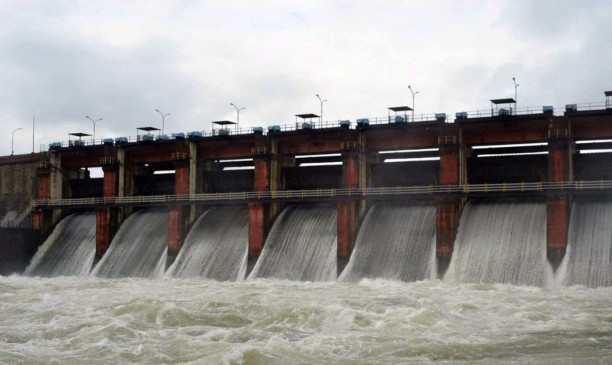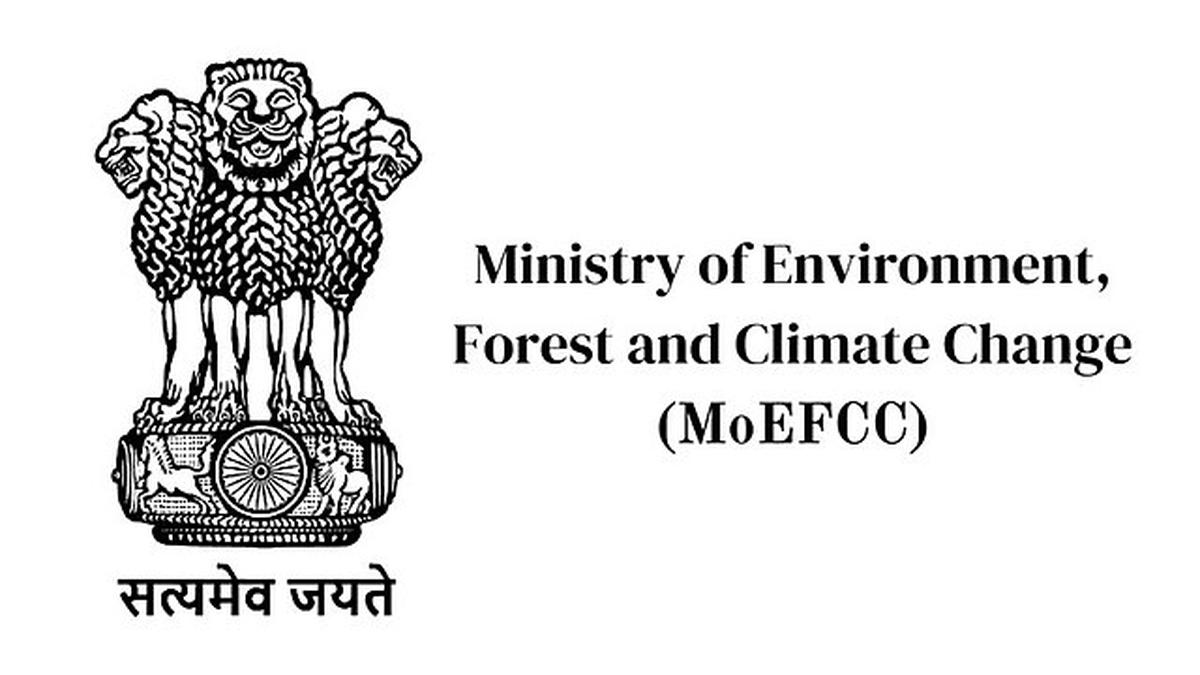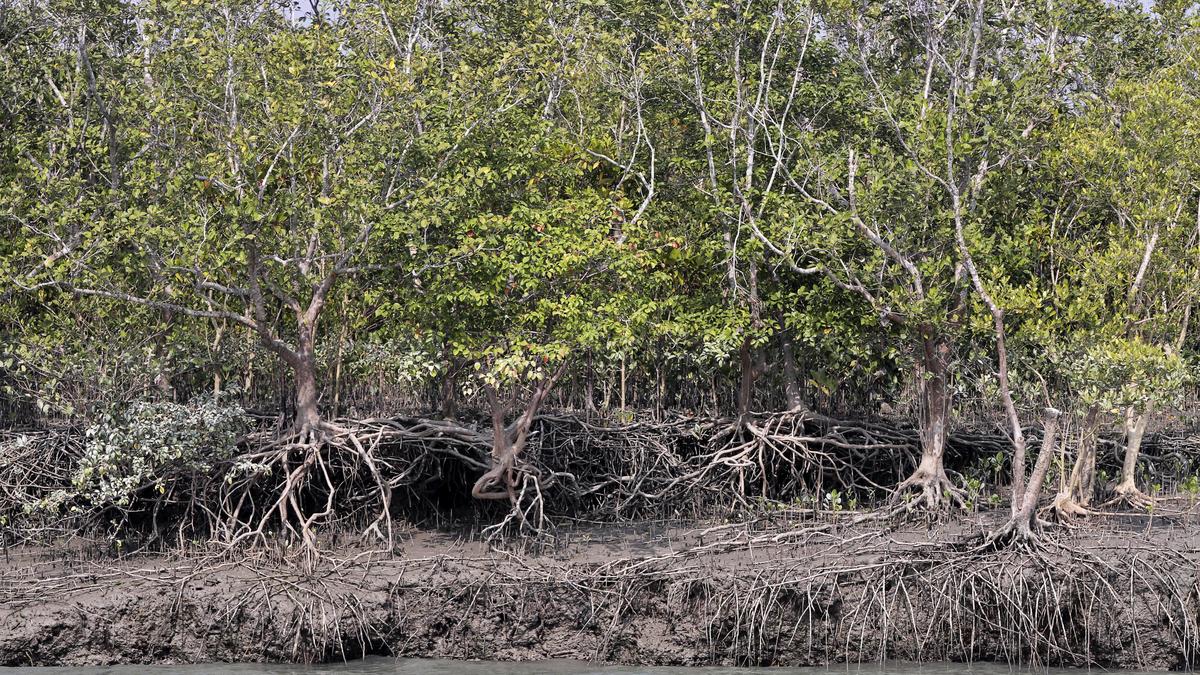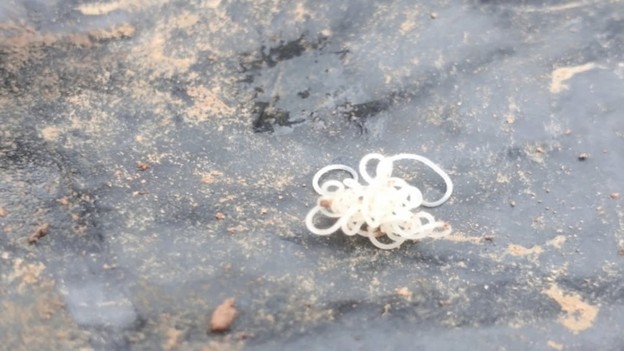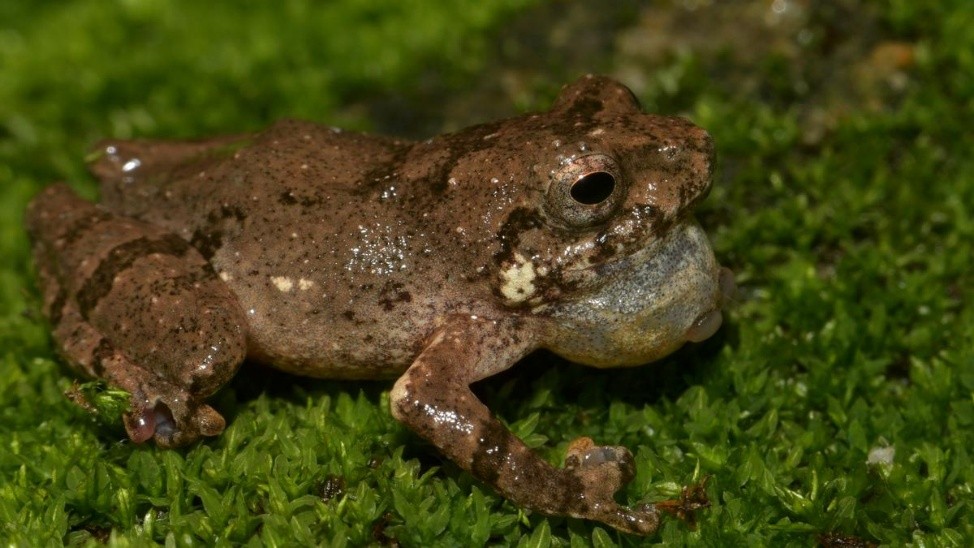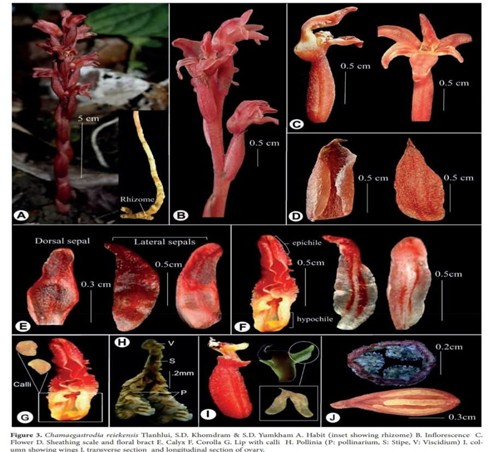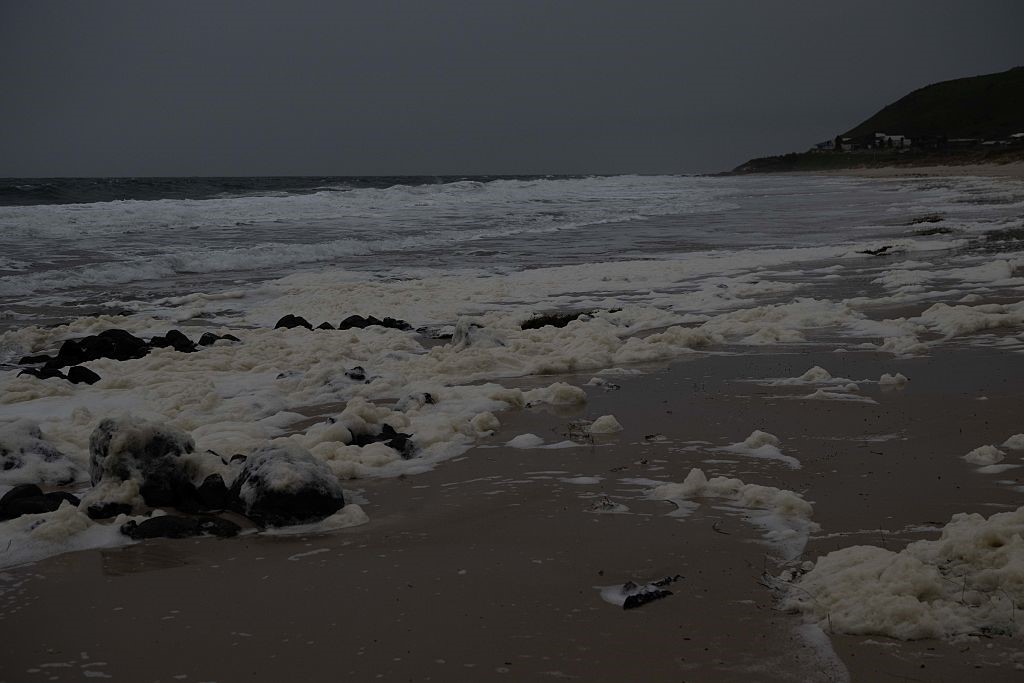Description

Disclaimer: Copyright infringement not intended.
Context
- A study published in the journal Nature focused on the alteration of Earth's oceans' color over the past two decades.
- The research conducted by scientists from various institutions aimed to understand the possible connection between ocean color changes and human-induced climate change.

Details
Findings
- Over 56% of the Earth's oceans, exceeding the total land area on the planet, experienced shifts in color.
- The change in ocean color indicates that marine ecosystems are undergoing significant changes and may lead to potential imbalances in the future, affecting both ocean life and human dependence on marine resources.
Reasons for Oceans Appearing Blue or Green
- Oceans appear blue or navy blue in most regions due to the absorption of longer wavelength colors like red, yellow, and green by water molecules, while shorter wavelength colors like blue and violet are reflected back.
- Certain parts of the oceans appear green due to the presence of phytoplankton on the upper surface of the water. Phytoplankton contain the green-colored pigment chlorophyll, which reflects green light.
Study Methodology
- Data from NASA's Aqua satellite's Moderate Resolution Imaging Spectroradiometer (MODIS) was used to monitor ocean color since 2002.
- A climate model was utilized to simulate ocean color changes under different scenarios, including greenhouse gas addition, to understand the effects of climate change on ocean color.
Impact on Ocean Stratification
- The study suggests that ocean stratification, the natural separation of ocean water into horizontal layers by density, has increased due to climate change.
- Increased stratification hinders the mixing of water layers, affecting the ocean's ability to absorb carbon dioxide from the atmosphere and limiting proper oxygen mixing with cooler ocean waters below.
Consequences for Marine Ecosystems
- Changes in plankton populations, particularly phytoplankton, can be observed in regions with higher concentrations of these organisms.
- This shift in plankton populations may impact marine food webs, as plankton are crucial for supporting marine life, including fish, crabs, and sea stars.
Implications of Findings
- The study's results highlight the profound impact of climate change on ocean ecosystems and the need to address these changes seriously.
- Understanding the consequences of ocean color changes is essential for preserving marine life, maintaining the carbon absorption capacity of the oceans, and ensuring the overall health of marine ecosystems.

Conclusion
The research sheds light on the changing nature of Earth's oceans and the role of climate change in influencing these shifts. Efforts to mitigate the effects of climate change are critical to protect marine biodiversity and the livelihoods of those who depend on the oceans for sustenance and livelihoods.
|
PRACTICE QUESTION
Q. How has human-induced climate change affected the color of Earth's oceans, and what are the implications for marine ecosystems and carbon storage? (150 Words)
|
https://indianexpress.com/article/explained/explained-climate/climate-change-is-altering-the-colour-of-the-oceans-new-study-8869736/






